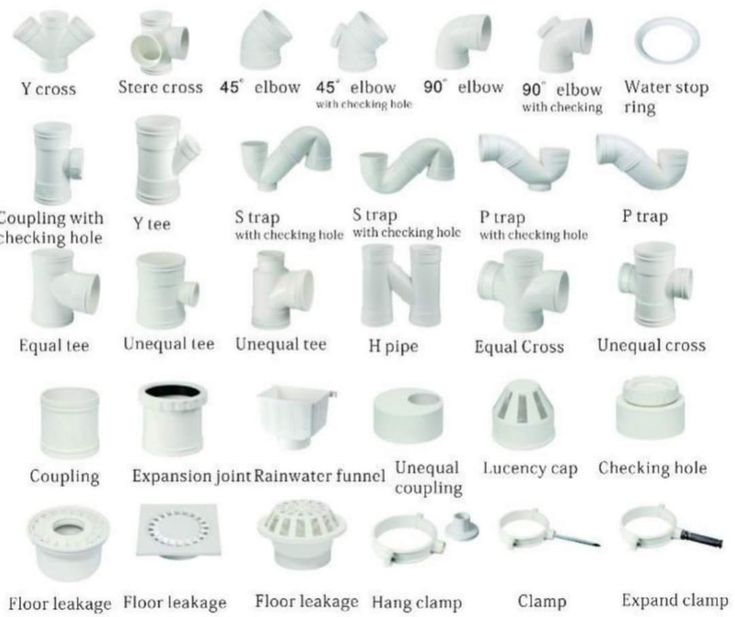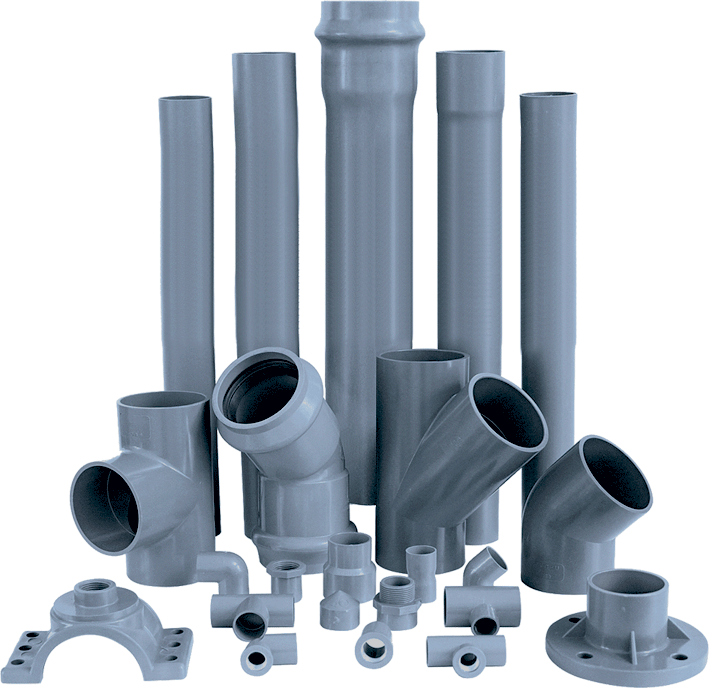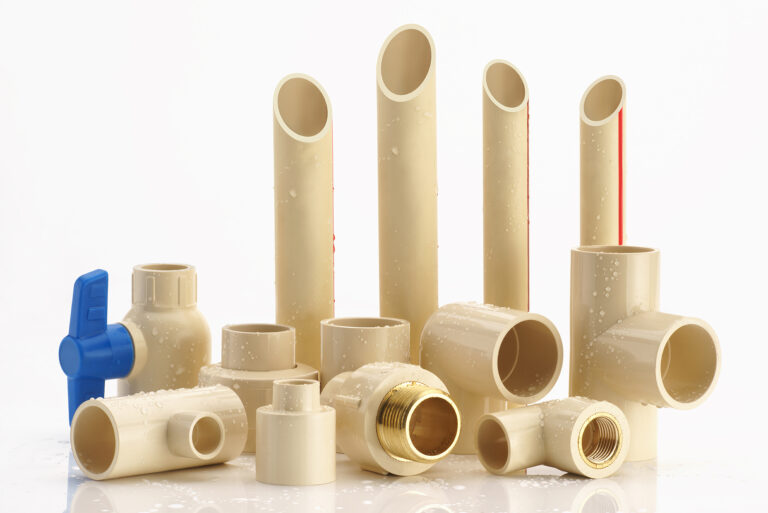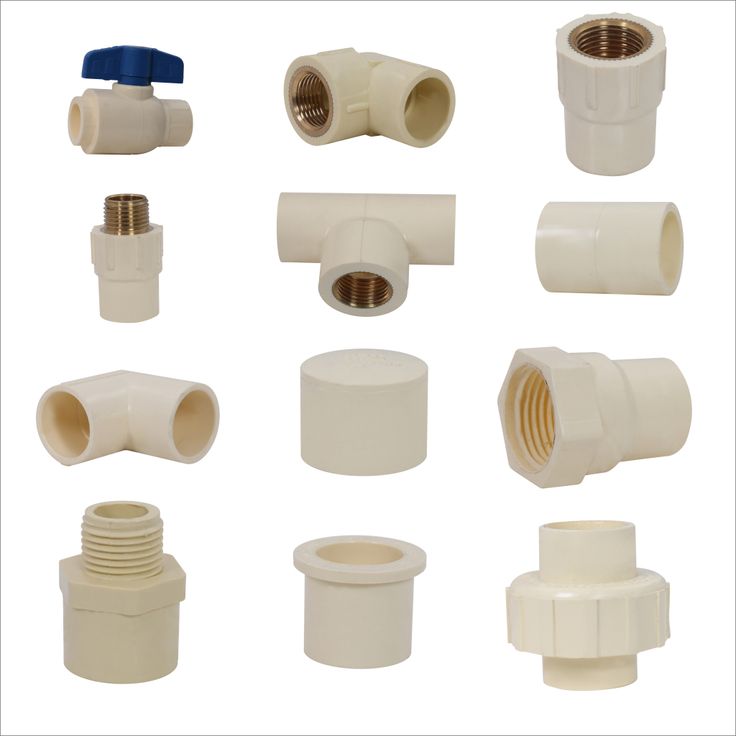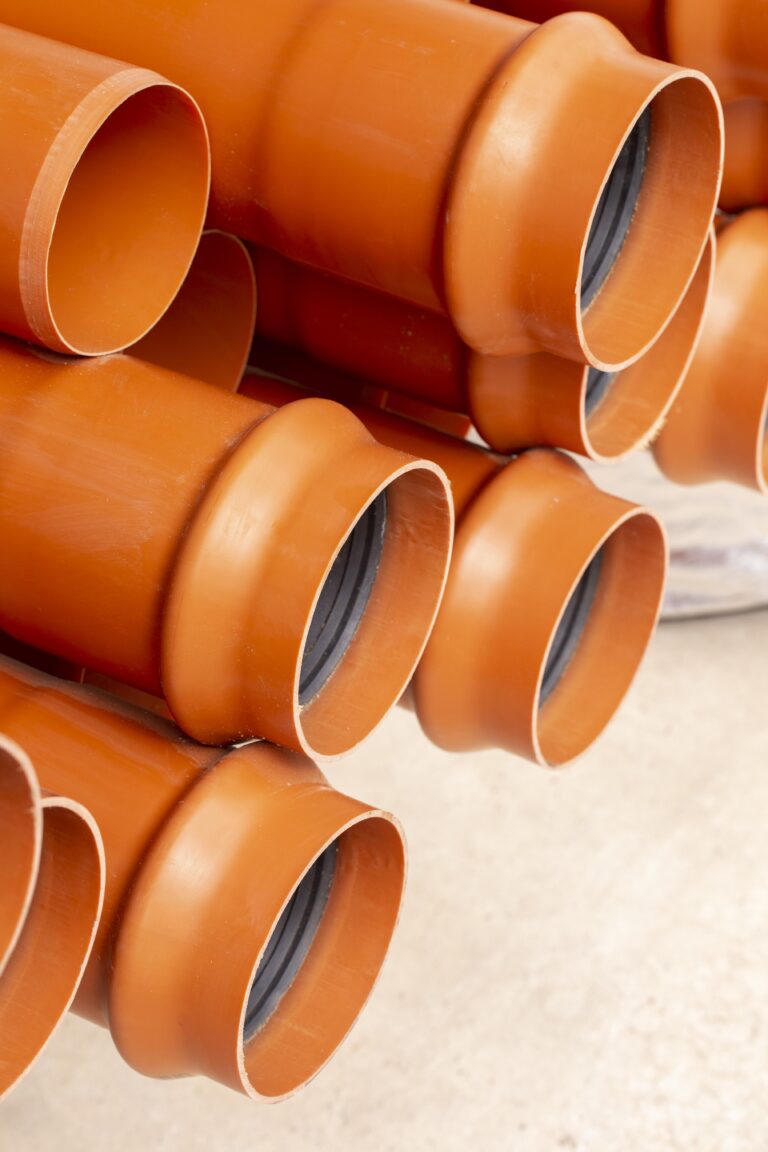PVC vs CPVC Durability: Which One Lasts Longer?
Understanding the Importance of Choosing the Right Plumbing Material
For any homeowner, choosing the right plumbing material is a long-term investment. From water pressure to temperature resistance, the performance of your pipes directly affects how well your plumbing system functions over the years. In this comparison of PVC vs CPVC durability, we aim to help homeowners understand which material is more reliable, safe, and cost-effective for long-term residential use.
At Austro Pipes, we understand the challenges homeowners face when selecting plumbing solutions. That’s why we provide high-quality PVC and CPVC pipes, each designed to serve different needs. Let’s examine how these materials differ and which one best suits your home.
What Is the Difference Between PVC and CPVC?
Both PVC (Polyvinyl Chloride) and CPVC (Chlorinated Polyvinyl Chloride) are thermoplastic materials used widely in plumbing systems. They look similar at first glance but perform differently when exposed to heat and pressure. CPVC is chemically altered to withstand higher temperatures, while PVC is more suitable for cold water supply and drainage systems.
When comparing PVC vs CPVC durability, the key lies in how they handle long-term use. CPVC has a higher chlorine content, giving it greater heat resistance and chemical stability. This makes it better suited for hot water lines, whereas PVC is generally used for cold water distribution, irrigation, and drainage.
The Role of Durability in Residential Plumbing Systems
Plumbing systems are hidden behind walls and floors, which makes durability a major factor in material selection. Replacing faulty pipes is costly and disruptive. Homeowners need long-lasting plumbing pipes that won’t crack, corrode, or degrade over time.
CPVC stands out due to its excellent resistance to high temperatures, internal scaling, and corrosion. These properties allow CPVC pipes to last over 50 years under normal usage. In contrast, PVC, while still durable, is more sensitive to heat and can warp or become brittle if used in hot water systems. This highlights why understanding CPVC pipe advantages is essential when planning for long-term durability.
Temperature and Pressure Tolerance: Why CPVC Excels
Temperature and pressure tolerance is where CPVC shows significant advantages. CPVC can withstand temperatures up to 93°C (200°F), making it ideal for hot water supply. PVC, on the other hand, is limited to about 60°C (140°F) and is more prone to cracking under thermal stress.
For homes that rely on solar water heaters, geysers, or other heating systems, using CPVC provides peace of mind. Austro Pipes manufactures high-performance CPVC pipes that maintain pressure ratings and integrity under elevated temperatures, ensuring that your home plumbing performs safely and consistently.
Cost Comparison: Is PVC More Affordable?
When considering material costs, PVC is usually less expensive than CPVC. For cold water applications or low-stress environments, this makes PVC an attractive choice. However, the overall cost of plumbing includes more than just the pipe—it includes long-term maintenance, replacement, and service life.
CPVC may come at a slightly higher initial cost but delivers excellent return on investment by lasting longer and requiring fewer repairs. That’s why Austro Pipes recommends CPVC for critical supply lines where durability and heat resistance matter most. The long-term savings make it a smart option for homeowners seeking value and reliability.
Chemical Resistance and Water Quality
CPVC offers greater resistance to chlorinated water and household cleaning chemicals. It does not degrade easily, even when exposed to common water treatment additives. This helps maintain water purity and avoids taste or odor changes.
PVC, although resistant to most chemicals, is not ideal for hot or treated water. It is better suited for drainage and non-potable lines. Homeowners concerned about water quality for drinking, bathing, and cooking should consider CPVC a safer and more stable option. Austro Pipes’ CPVC products are certified for potable water applications, ensuring clean and safe supply for your family.
Installation and Handling Differences
Both materials are lightweight and easy to install. They use similar joining methods such as solvent cementing, but CPVC requires cement designed for high-temperature use. CPVC also has slightly more flexibility, which helps absorb thermal expansion without cracking.
PVC’s ease of use makes it ideal for DIY plumbing tasks, but for installations involving pressurized or heated water, CPVC is preferred. Austro Pipes provides clear installation guidelines for both PVC and CPVC, making it easier for professionals and homeowners to follow proper procedures and ensure leak-proof performance.
Choosing Between PVC and CPVC for Residential Plumbing
Homeowners should select plumbing materials based on how they plan to use them. For cold water lines, underground drainage, and garden plumbing, PVC is sufficient. For hot water lines, drinking water supply, and pressurized systems, CPVC is the recommended choice.
Austro Pipes offers a complete range of both residential plumbing materials, helping homeowners choose the right fit for their needs. When comparing PVC vs CPVC durability, CPVC proves to be more resilient and longer-lasting for critical indoor plumbing systems.
Why Austro Pipes Is the Go-To Brand for Home Plumbing
As one of the leading CPVC pipe manufacturers India trusts, Austro Pipes ensures all products meet the highest standards of quality and safety. Our CPVC and PVC pipes undergo rigorous testing to ensure they perform under stress, temperature, and long-term usage. We provide expert guidance to homeowners and installers, helping them make informed decisions about their plumbing needs.
From product quality to customer support, Austro Pipes remains committed to delivering reliable, affordable, and long-lasting piping solutions for Indian homes.
FAQs
Is CPVC better than PVC for hot water plumbing?
Yes. CPVC can withstand temperatures up to 93°C, while PVC is only suitable for cold water systems. This makes CPVC the safer and more reliable choice for hot water supply in residential plumbing.
Can I use PVC for both hot and cold water lines?
No. PVC should only be used for cold water applications or drainage. Using it for hot water can cause the pipe to warp or crack, leading to potential leaks and failures in the system.
Which pipe has a longer lifespan, PVC or CPVC?
CPVC typically lasts longer due to its superior resistance to heat and corrosion. In most household environments, CPVC pipes can last over 50 years with minimal maintenance, making them a better investment for long-term use.
Is CPVC safe for drinking water?
Yes. CPVC is certified for potable water use. It does not leach harmful chemicals into the water and maintains stability even when exposed to chlorinated water supplies. Austro Pipes CPVC products meet all safety standards for home use.
Are CPVC pipes more expensive than PVC pipes?
Yes. CPVC pipes generally cost more than PVC due to their enhanced properties and heat resistance. However, their durability, lower maintenance, and longer life offer better value in the long run.


